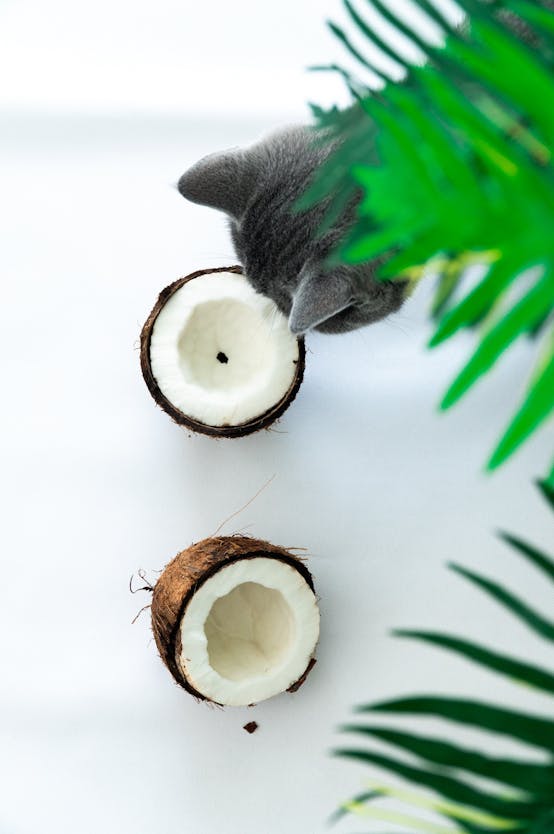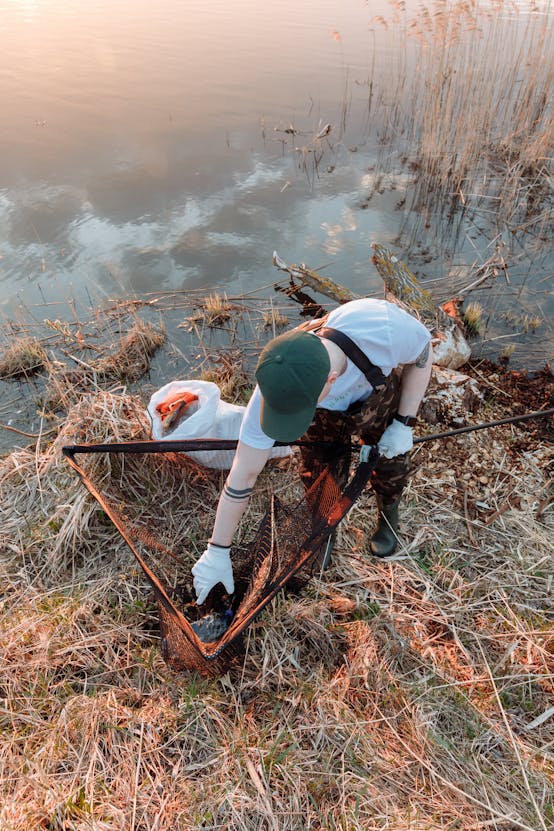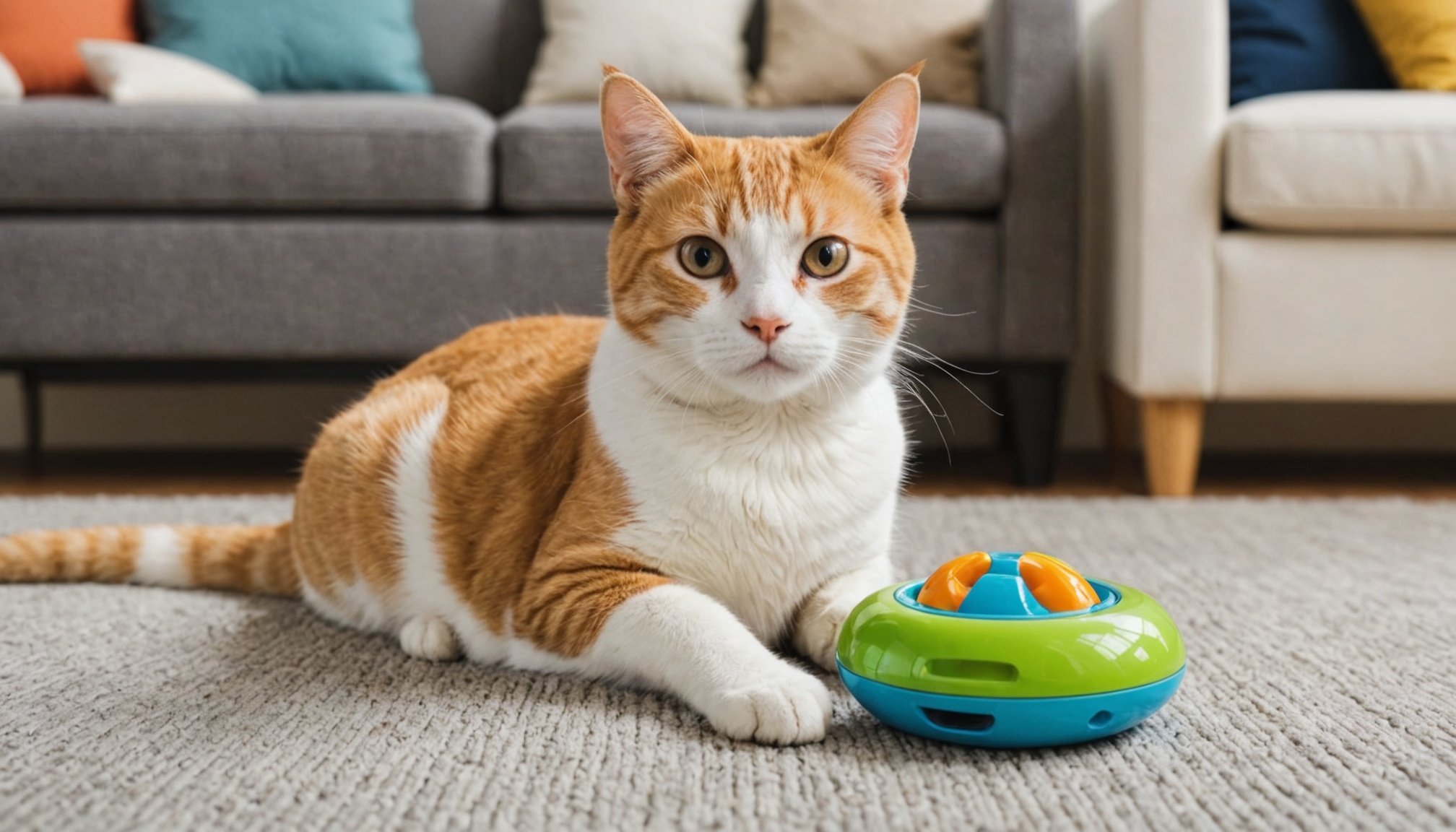Understanding Your Cat’s Behavior
Cats have a complex inner world that is both fascinating and mysterious. To effectively understand cat behavior, it’s essential to pay close attention to their body language and vocalisations. A flicking tail or a low growl can communicate a lot about their mood and intentions. Recognising these clues allows owners to meet their cats’ needs better.
Feline anxiety can manifest in subtle ways. Signs such as excessive grooming, hiding, or increased vocalisation often indicate discomfort or stress. Being perceptive to these signs can help owners address potential triggers and alleviate their cat’s distress—whether it be changes in the environment or unfamiliar people.
Lire également : Stress-Free Techniques for Administering Eye Drops to Your Cat Suffering from Conjunctivitis
Cats are naturally curious creatures. Their inherent interest in new objects and environments is not just playful whimsy. It’s a significant aspect of their survival instincts. However, this curiosity can sometimes lead to anxiety, especially when it involves unfamiliar scenarios. By fostering a safe and inviting environment, owners can indulge this curiosity while minimising stress.
Understanding and recognizing these behaviours can strengthen the bond between humans and their feline companions, ensuring a happier, healthier coexistence. Keeping an eye on both behaviour and underlying causes is key.
A lire également : Transforming Your Space: A Complete Guide to Designing a Senior Cat-Friendly Home Environment
Preparing for Introduction of Motorized Pet Toys
When preparing to introduce motorized pet toys to your cat, it’s crucial to focus on selecting the right toy that matches your cat’s unique personality. Take into account your cat’s energy levels and play style. Some might prefer more erratic movements, while others respond better to gentle motions.
Additionally, carefully evaluating the environment for safe play is equally important. Ensure the play area is free of potential hazards like sharp objects or delicate items that could be knocked over. Ideally, the space should provide enough room for your cat to chase and interact with the toy without restrictions.
For a successful introduction, consider employing gradual desensitization strategies. Begin by allowing your pet to observe the toy in a stationary state, then gently activate it from a distance. This slow introduction helps decrease anxiety and gives your cat the time needed to build familiarity with the new object.
Remember, preparation is key to ensuring your feline friend has a safe and enjoyable experience with their new motorized pet toy. Each step you take enhances your cat’s engagement and satisfaction.
Gradual Introduction Techniques
Introducing a new toy can be an exciting yet overwhelming experience for children. Employing a gradual introduction strategy can help them adjust comfortably. Start by taking a step-by-step approach: introduce the toy in stages, allowing time for the child to become familiar with each aspect. This method helps them stay within their comfort zone while exploring new features.
Positive reinforcement plays a crucial role in encouraging children to engage with the toy. Celebrate small successes and interactions to build enthusiasm and confidence. Praise, smiles, or small rewards can motivate the child to continue exploring beyond their comfort zone.
Timing is key in the gradual introduction process. Carefully plan and limit play sessions to avoid overwhelming the child. Frequent, short play sessions can be more effective than longer, infrequent ones. This timing and frequency strategy ensures that the child can enjoy the toy without feeling pressured.
To maximize the benefits of this approach, observe the child’s reactions and adjust the pace accordingly. Pay attention to their comfort levels, and do not push if they seem hesitant. This personalized step-by-step method fosters a positive relationship with the new toy, making playtime enjoyable and stress-free.
Observing Your Cat’s Reactions
Being attuned to your cat’s reactions is vital for ensuring comfort and reducing anxiety. Key indicators to monitor include ear position, tail movement, and vocalisations. Erect ears and a gently swaying tail indicate a relaxed cat, while flattened ears and a twitching tail suggest distress. Regularly monitoring behavior is crucial for identifying tension, which is often subtle yet significant in cats.
When integrating a new routine or a new member into the household, feline anxiety management becomes paramount. Watch for signs of discomfort such as excessive grooming or hiding. Adjust your approach based on these observations. For instance, if your cat retreats, provide a quiet space and gradually reintroduce the new element.
Allowing your cat to lead interactions fosters trust. Patience is essential; rush them, and anxiety may heighten. Instead, encourage natural curiosity by offering treats or toys, allowing exploration at their own pace. This respectful approach not only mitigates stress but enriches their environment, leading to a harmonious coexistence. Always remember, patience and careful observation are your greatest tools in understanding your cat’s unique personality.
Addressing and Minimizing Fear and Anxiety
When dealing with anxiety management for your cat during play, understanding and reassurance are key. Calming techniques can make playtime a pleasant experience rather than a nerve-racking one.
-
Techniques to Soothe and Reassure: Use a calm voice and gentle movements while interacting with your pet. Offering familiar toys can also help reduce fear.
-
Creating a Safe Space: Designate an area in your home where your cat can retreat if feeling overwhelmed. This space should contain favourite items like plush blankets or quiet toys.
Knowing when to intervene during play is crucial. Observe your cat for signs of anxiety, such as crouching or hiding. In these situations, adjust the intensity and nature of the play. Pause and offer comfort before resuming.
These strategies not only foster a sense of security but also enhance your bond with your cat. By practising these fear-reduction methods, you create an environment conducive to healthy play and emotional well-being. Remember, a patient and observant approach aids in minimizing anxiety.
Building Confidence with Motorized Toys
Motorized toys can be an excellent avenue for mental stimulation, promoting your pet’s confidence and curiosity. The benefits are multifaceted. Engaging with these toys requires problem-solving skills that challenge and encourage your pet, enhancing their overall well-being. Such activities are not only an enjoyable pastime but also a means of building confidence.
Motorized toys offer a dynamic way to develop positive play habits. Long-term play strategies should focus on consistency. This means incorporating different toy types and observing how your pet interacts with them. Over time, your pet will become more adept at engaging with the toys, developing predictable and productive play patterns.
Continually assessing your pet’s engagement with their toys is crucial. Pay close attention to their body language and enthusiasm. If a particular toy no longer sparks joy or interest, it may be time to introduce a new stimulus. Adapt your play approach based on what you periodically observe to maintain a playful and stimulating environment for your pet. Encouraging this kind of play will support your pet in becoming not only more confident but also better mentally equipped to handle a range of situations.













